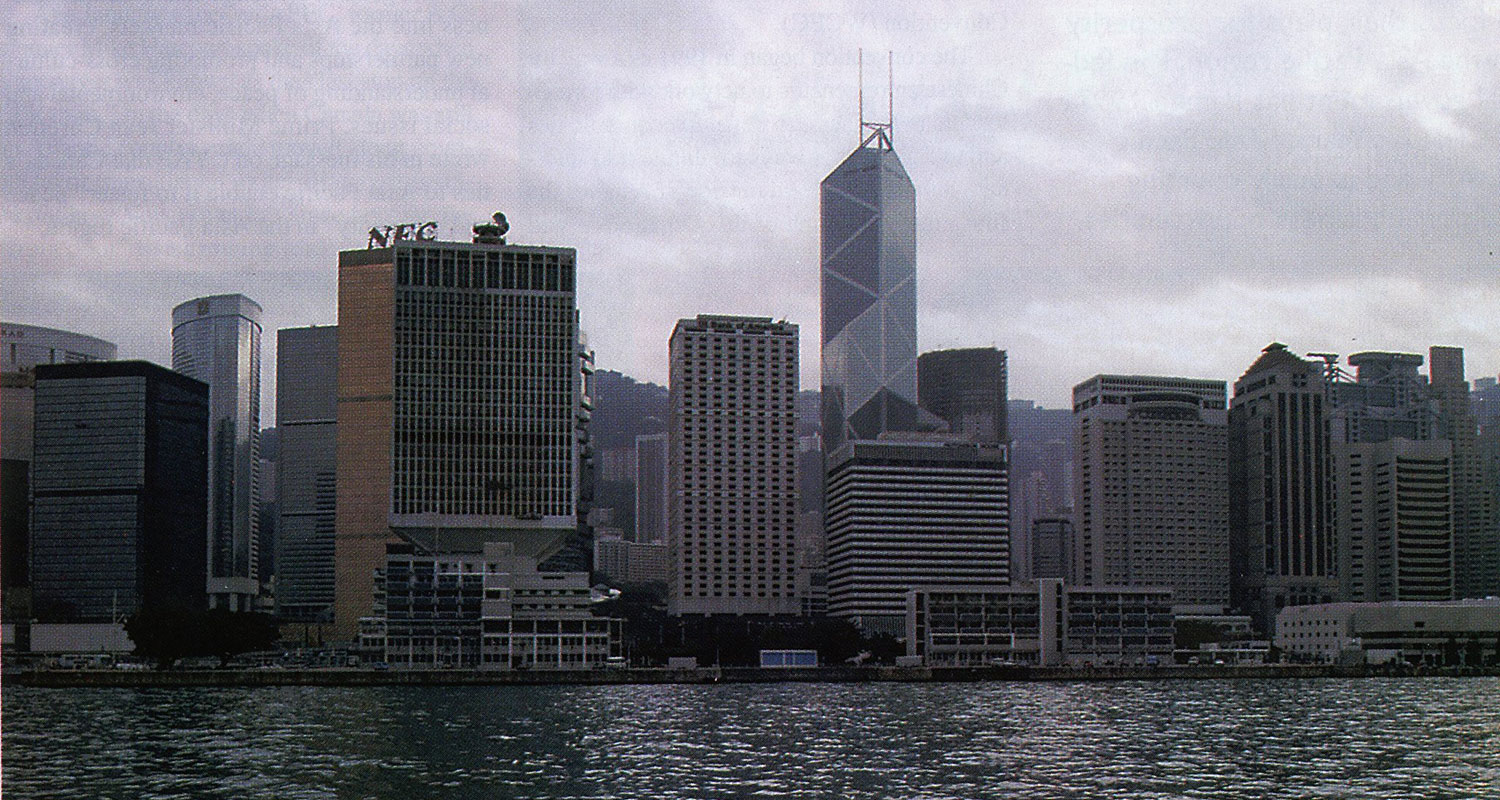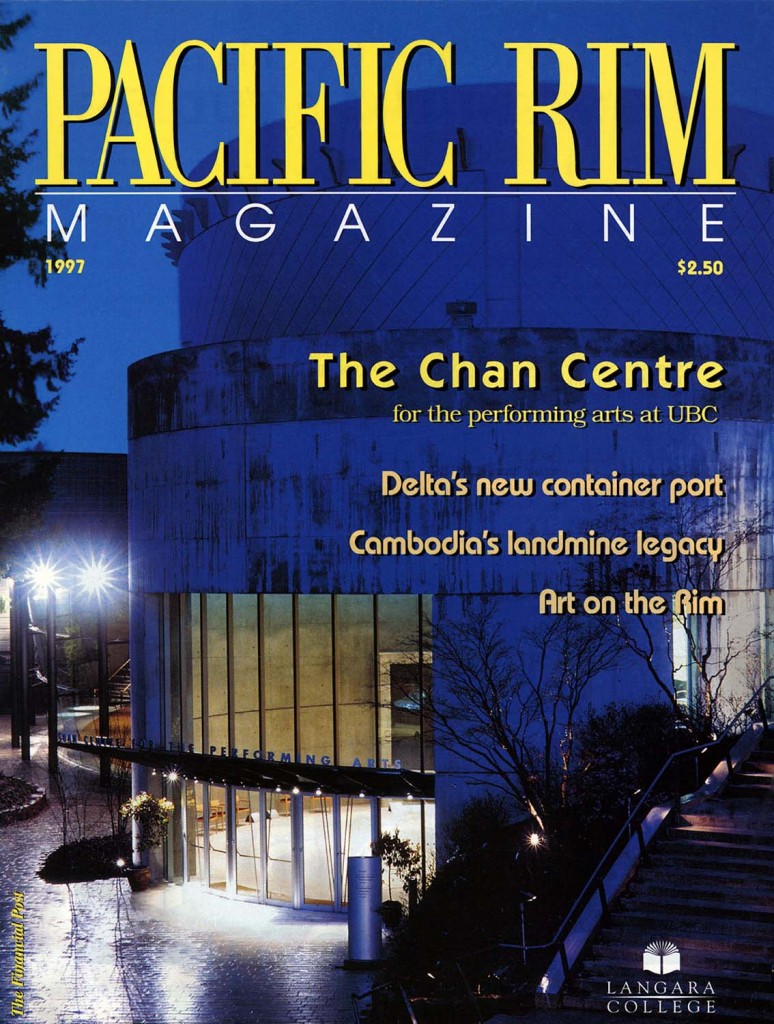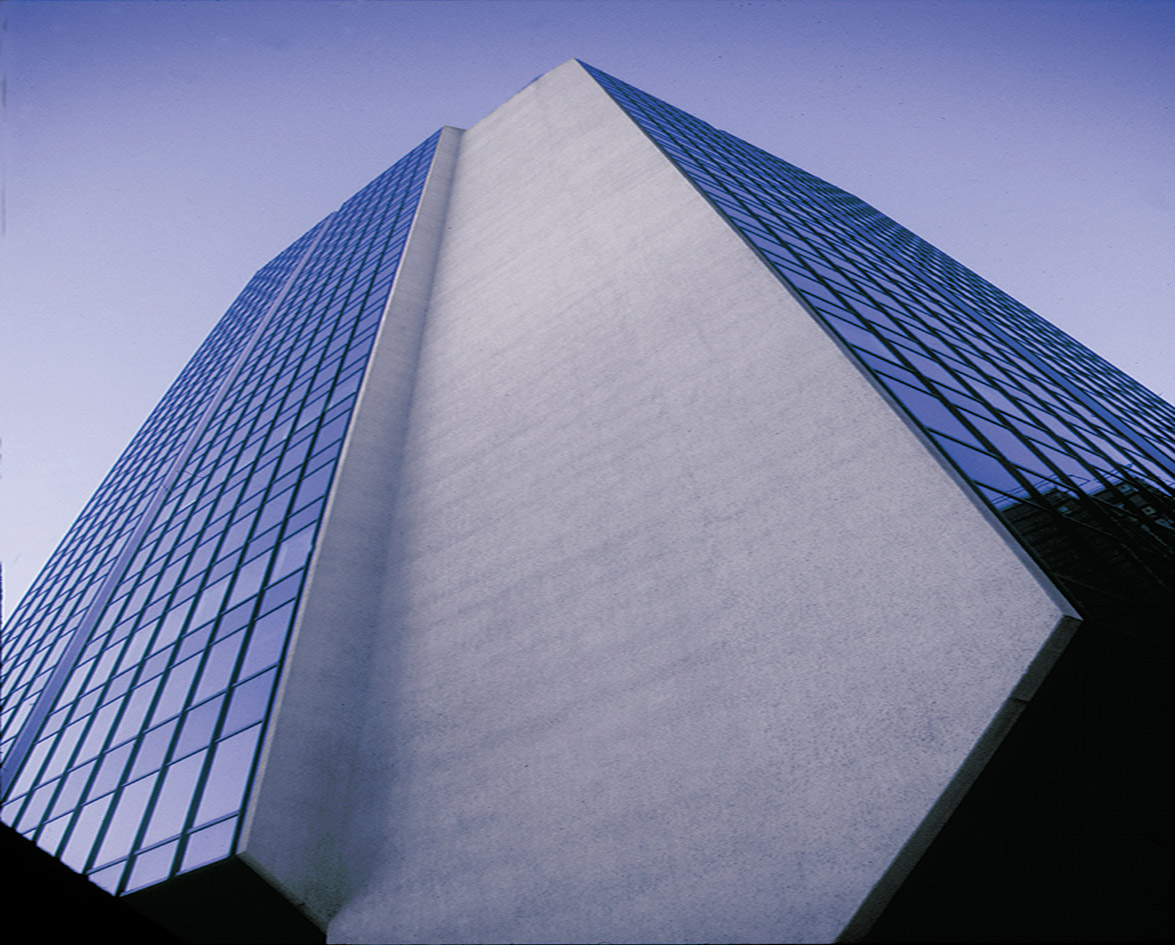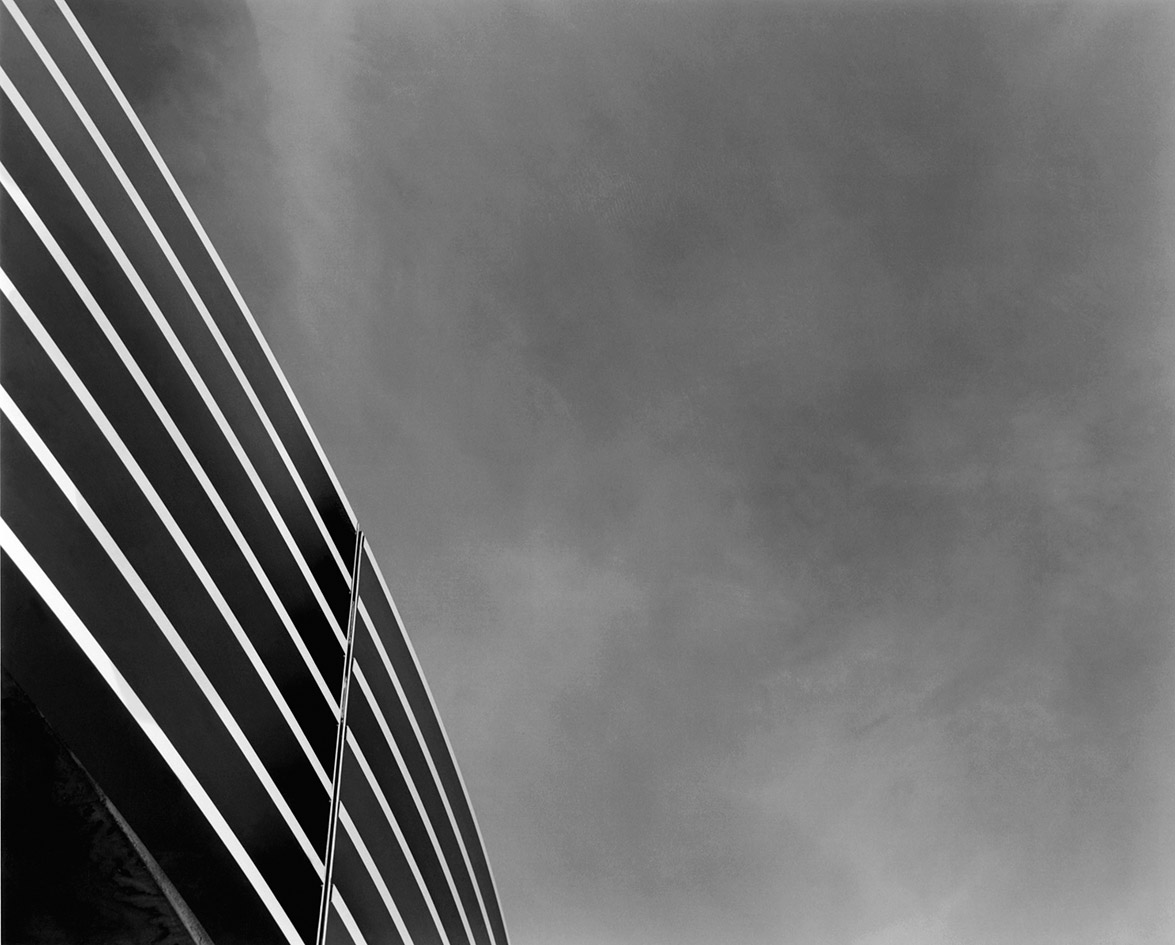With British rule of Hong Kong to end in a month and a half, an interesting metaphor towers—literally—over the city. Designed by the reknowned I. M. Pei, the Bank of China tower casts its shadow over all Central, Hong Kong’s business district and the heart of the colony.
An interesting mix of fact and folklore has grown around the building. Some Hong Kong residents claim that its design was intended to suggest bamboo, with the attendant connotations of growth, strength, and stability. Others suggest that the building, illuminated at night by lights on the roof of the old Bank of China building across the street, is suggestive of flame, one of the five elements in feng shui, the Chinese philosophy of harmonious arrangement of elements. Many more point to the mirrored windows of the architectural masterpiece, noting that mirrors traditionally deflect bad feng shui (in this case, from the bank’s many nearby competitors).
A feng shui war is considered a perfectly normal part of Hong Kong business strategy. However, after the Tower’s construction, many came to see the building as part of an ideological battle. In this respect, the sharp-edged structure is seen as suggestive of a knife or cleaver-pointed not, as one would expect, at the other banks nearby, but at the Governor’s residence-cutting away one of the last parts of the empire. In other words, the bank design suggests both stability and threat. Since almost anything in Hong Kong is negotiable (including, perhaps, the future), it is fitting that the metaphorical meaning of a building remains contestable.
Ceci n’ est pas une banque.











